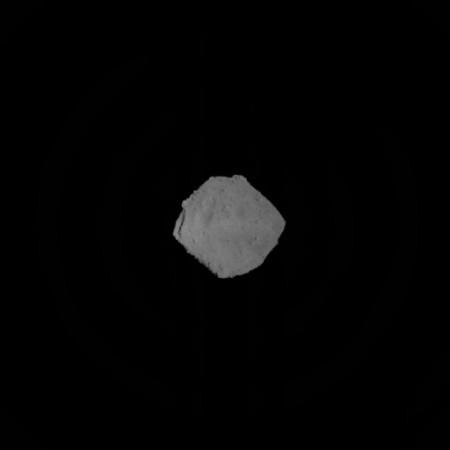
After 18 months of exploration in and around Ryugu asteroid, Japan's Hayabusa-2 mission will start its journey towards the earth on November 13, 2019. The mission is apparently carrying samples from the space rock and the probe is expected to land back on earth by December 2020.
At around 10.05 am (Japanese time) on November 13, the probe will receive instructions from JAXA to leave the Ryugu system. It is expected that the Hayabusa-2 spacecraft will break free the asteroid's gravity on November 18. Later, the spacecraft will fire its main thrusters and will start its journey towards earth.
The Hayabusa-2 mission is widely considered one of the most successful Japanese space missions. During the mission, the probe successfully touched down the asteroid's surface two times. Initially, the probe attempted to collect the surface samples on February 21, 2019, and looked for deeper materials on July 11, 2019. The probe also snapped several images of the asteroid which gave scientists a better understanding regarding the surface of Ryugu.
JAXA believes that the samples collected from the asteroid will contain carbon and organic compounds. Experts believing that studying these samples will help them know more about the formation of asteroids during the early days of the solar system.
"We expect Hayabusa-2 will provide new scientific knowledge to us. I'm feeling half-sad, half-determined to do our best to get the probe home. Ryugu has been at the heart of our everyday life for the past year and a half," said project manager Yuichi Tsuda, AFP reported.
Interestingly, the Hayabusa-2 spacecraft will not burn up in the earth's atmosphere. Instead, it will jettison the samples to the earth and this precious cargo is expected to land at the isolated corner of an Australian desert. Hayabusa-2 will stay in the space and gear up for another asteroid mission. However, Tsuda made it clear that the space agency has not yet confirmed the next destination of the space probe.














